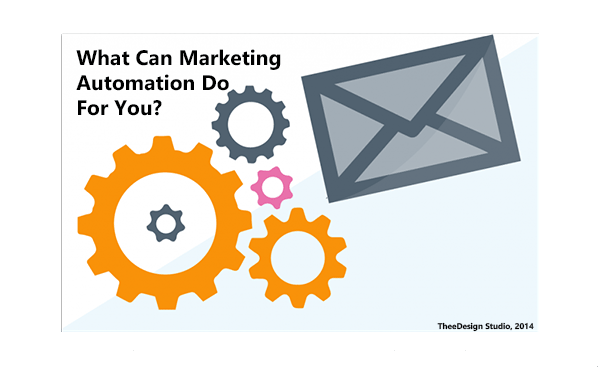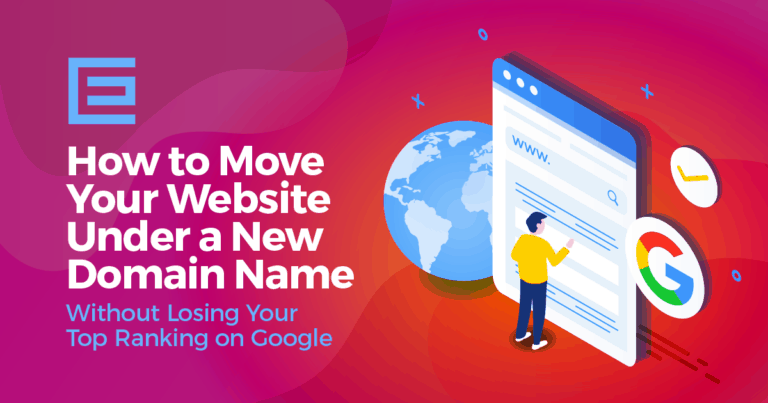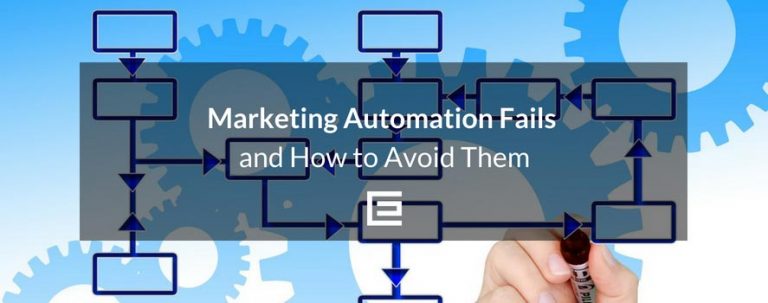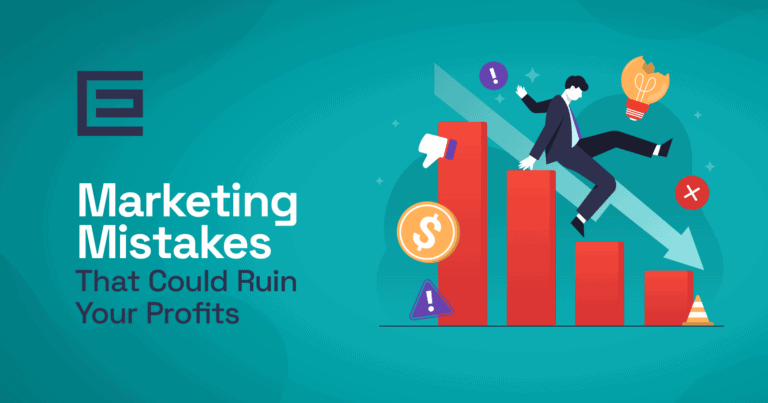
Why Companies Need Marketing Automation
The journey a customer takes before converting can be very complex. Not only do they take certain paths through your website, they can also have multiple sessions or touch other marketing channels such as social media, email, or paid ads. There are an infinite number of paths a user can take and it is the marketers job to try to plan, predict, and nurture the prospect towards the next destination and determine problem areas within these conversion funnels.Which Marketing Automation Software is Right For You?
There are many marketing automation tools out there and each has different capabilities; HubSpot, Act-On, GetResponse, Eloqua, Pardot, MailChimp, and Marketo just to name a few. There is a lot to consider when choosing a solution, everything from the features you need, analytics capabilities, CRM integrations, importing/exporting of data, and the ability to add your own customizations. Luckily, most of these companies have free trials so you can try them before you buy to determine which is best for you.Marketing Automation and Testing
Most sites already have some kind of automation set up. If you complete a purchase or fill out a form, you probably get an email receipt or thank you message. This is automation in its most basic form. Have you ever thought about why you get that email? It’s because at some point it was determined that users felt they were getting more attention and given a higher priority because of this automated message. Marketing automation is all about tracking everything, finding the next step, and going the extra mile. There are tools that let you view how a user moved through your site, where their mouse moved, and even give you data from partially filled out forms. Users have different levels of engagement and different goals at each step in the funnel. It’s important to learn the goals and monitor each area for opportunities or issues where you might be losing potential clients, and to figure out what you can do better or why you are losing them. The first step is always to get contact details or some kind of engagement. So how do you do that? The easiest way is to offer something of value in exchange for the information or action that you want. Offering an informational resource, daily tips, access to a webinar, or entry into a contest or giveaway are great ways to start. Each new step has both problems and opportunities, and remember that there is always a new step. Even after a customer completes a purchase, they should probably go into a list of customers, another list based on the products purchased, an email list sent to follow up and ask for reviews or even a customer satisfaction survey before they leave the website. If you determine from the data that the user left because he wasn’t convinced and wanted to shop around some more, you could send this user some more information on the product they were interested in and convince them why you are better than the competition. If you determine the user left because of the price, maybe a coupon to their email will convince them to come back and purchase. There are so many possibilities for problems and creative solutions. Each new step is also an opportunity for testing new headlines or text. You want to be promotional and remind users why your company is the best without being spammy. Remember as well that email marketing is good branding, but sending too many emails can be a very bad thing. If enough users report your email then your address can be put on a blacklist and email coming from your address could be considered spam. Sometimes you already have the user details because they signed up for a newsletter or completed a purchase or filled out a contact form. Each action needs a different action from the marketing department depending on where the user is in the funnel and actions they have taken to get there. Where a lot of marketing falls short is simply ignoring their already gained customer information. Targeting these customers again based on their purchases, or sending them promotions later based on their interests are great ways to get customers back to your site! As previously mentioned, following up for reviews after a purchase is another great use for marketing automation. For this we have found that giving the user a simple choice of whether they are happy or not works best. A happy user will be given links to online review sites like G+ and Yelp while an unhappy customer will be given a contact form or phone number to call. This is done to alleviate negative reviews at online properties while encouraging the positive reviews. Even timing of emails can be adjusted based on user interaction. If an email was unopened then you probably don’t want to contact that user again anytime soon, whereas an opened email shows some interest and you may send another email after a while, and a user that clicked through shows another level of engagement for an email even sooner. A user who clicked through and checked out the contact form or went to the shopping cart needs yet another level of engagement; an immediate one!Advanced Marketing Automation Tactics
Given a high value customer that you have identified in the data, you can use .htaccess to redirect the user based on their IP Address and send them to a custom page. This type of automation is usually used to target a big potential client or a segment for users who have been to a page or the website multiple times. This can be time consuming and does involve some manual work as well, but for certain customers it is worth it! Another advanced use of automation would be to change the words on a page based on a search term from AdWords. If you have a product where multiple industry terms can be used to describe it, a highly targeted AdWords campaign to target these terms can be used and the data coming from AdWords can actually be pulled with php to change the text on a page to correspond to the term used for the AdWords search. After all, if you have a product with many names then you wouldn’t want a user to search and click on a product called one thing, only to go to a page where the product is called something else. This isn’t a good user experience and doesn’t lead to a good conversion rate, so by altering the product name on the page based on what the user originally called the product, we now have the page that a user expected to find and that user is more likely to convert. There are tools such as LeadLander which can identify “anonymous” website traffic. This traffic can be scored based on user engagement and passed to different members of a sales team to follow up. The sales team can also be notified by text or email if a lead is determined to have high intent or engagement.Cool Marketing Automation Tricks
As marketers, we can use tools such as IFTTT to make our lives easier. If we post a blog, tools like this can automatically post to multiple social channels. For a business, you can setup things like sending you a text when you get a contact form request so that you can reply in a timely manner. There are a lot of possibilities and a lot of supported platforms for tools such as this. As marketers with the amount of data that we have, we’re limited only by our time and our imagination.Want to learn more about using marketing automation to better target your customers? Contact the internet marketing and SEO experts at TheeDigital in Raleigh, NC at 919-341-8901 or schedule a consultation today.
Tags: Digital Marketing • Email Marketing • Marketing Automation






